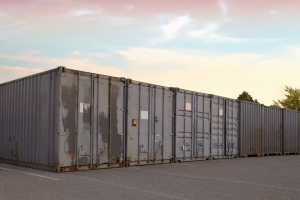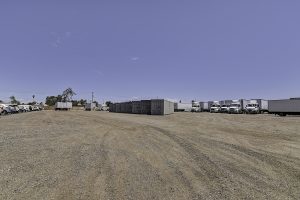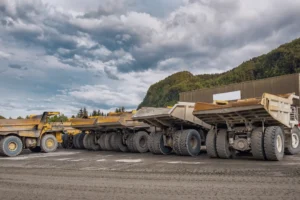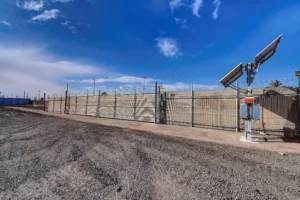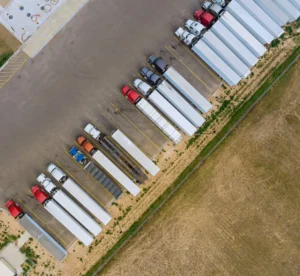Maybe your yard is crammed with pallets, tools are piled wherever there’s a spare corner, and vans or machinery are squeezed into any gap they can find. People spend more time looking for gear than actually using it, deliveries feel chaotic, and everything seems just a bit out of control. At some point, “we’ll sort it out later” quietly turns into “we can’t keep working like this.”
That’s where smart outdoor storage makes a real difference.
Rather than being just a temporary fix, well-planned outdoor storage can help you reclaim usable space, protect expensive equipment from damage or theft, and make everyday tasks run more smoothly. It can even buy you time before making a big, costly move to larger premises. With the right ideas, your yard can shift from cluttered and frustrating to organized and easy to work in.
In this post, we’ll explore practical, down-to-earth ways to use outdoor storage to support a growing business—ideas you can adapt whether you’re running a contractor operation, a small depot, or a busy service company. By the time you’re done reading, you’ll have a clear picture of what “smart storage” actually looks like and how it can transform the way your team works.
The Business Case for Smarter Outdoor Storage
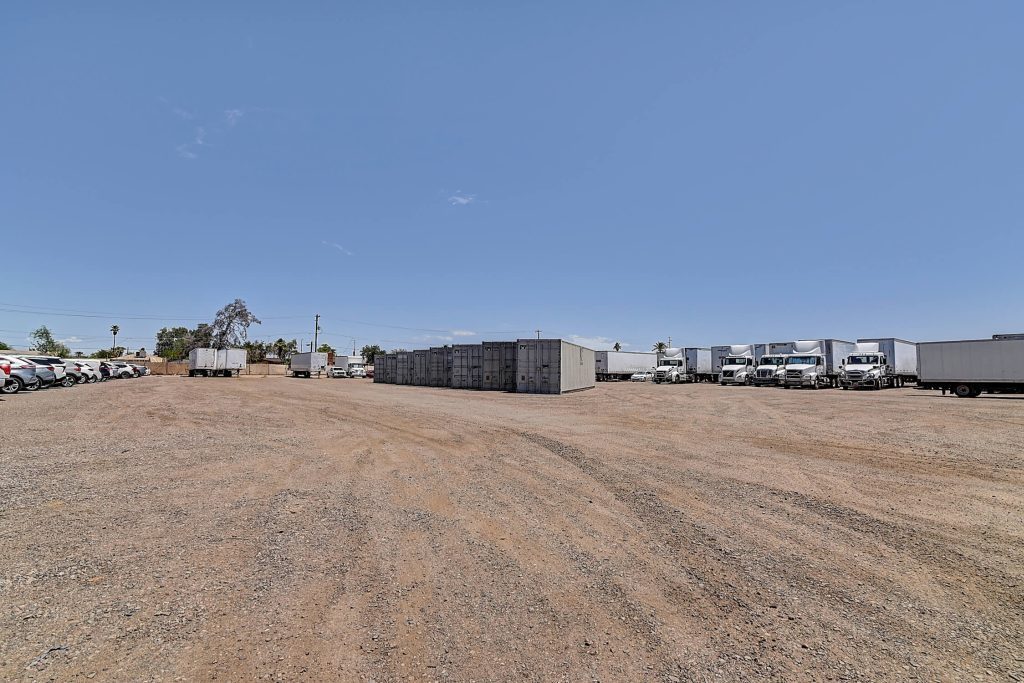
Before you start reshuffling containers or pricing up new units, it helps to understand why outdoor storage is such a powerful tool for a growing business.
When space starts to run out, the first instinct is often “we need a bigger building.” But moving premises is expensive, disruptive, and often unnecessary. In many cases, the real problem isn’t that you don’t have enough space overall – it’s that the space you do have isn’t being used in the right way.
Outdoor storage gives you a way to “stretch” your site without knocking down walls or signing a much bigger lease. By shifting bulky, durable or rarely used items outside, you free up your most valuable indoor space for the things that truly need it: people, production areas, offices, or high-value goods. Instead of tripping over pallets and equipment, your team gets a safer, clearer place to work.
Cutting Costs Without Moving Premises
Think about the costs involved in moving: higher rent, new fit-out, moving contractors, downtime while everything is packed, transported and unpacked. It adds up quickly.
Now compare that to adding well-planned outdoor storage on the land you already have, or at a nearby storage facility. Containers, racking and secure outdoor units are usually far cheaper than relocating an entire operation. For many businesses, this becomes a smart middle step: they buy themselves a few more years of growth without taking on a huge new overhead.
Smoother Workdays and Less Frustration
There’s also the everyday impact. When tools, materials and stock all have clear “homes” in well-organised outdoor storage areas, people waste less time searching and guessing. Workflows become more predictable: deliveries go to the same zone, equipment is always in the same place, and teams know where to find what they need.
Over time, that consistency reduces delays, mistakes and stress. It also makes the business look and feel more professional, whether you’re welcoming clients on-site or coordinating multiple contractor teams across a busy yard. In short, outdoor storage isn’t just somewhere to put stuff – it’s a simple way to make your whole operation run better.
10 Smart Outdoor Storage Ideas for Growing Businesses
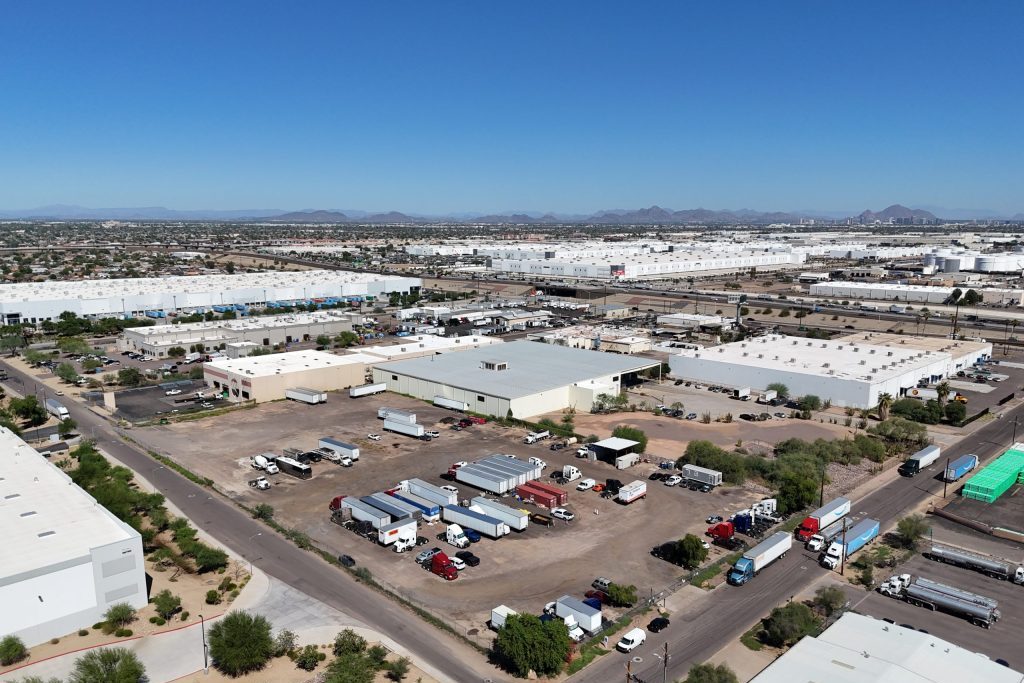
Now let’s get into the practical part: what you can actually do with your space. These ideas are based on how real businesses use outdoor storage to stay organised, protect their gear and keep growing without constantly running out of room.
-
Repurpose Shipping Containers
Turn shipping containers into instant commercial storage rooms. Add shelving and basic lighting so you can store tools, stock or seasonal items in a secure, weather-resistant space. -
Create Zones for Different Teams
Give each crew or trade its own clearly marked area. Lines on the ground and clear signage help keep contractor gear in the right place and cut down on confusion. -
Install Heavy-Duty Racking Outside
Use external racking to stack pallets vertically instead of piling them on the floor. This frees up yard space and makes stock easier to see and access. -
Use Lockable Cages for High-Value Items
Store expensive tools or machinery in lockable cages, ideally in well-lit areas covered by cameras. It’s an extra layer of protection inside your yard. -
Set Up a Seasonal Storage Corner
Move rarely used, seasonal stock into a dedicated outdoor storage zone. Rotate items as seasons change so your main work areas stay clear. -
Make the Most of Drive-Up Access
Position containers or units so vehicles can pull right up to the door. Less carrying means faster loading and unloading. -
Bring In Mobile Storage Units
For sites that move, use smaller lockable boxes, tool chests or mini containers that can travel between locations with your team. -
Add Simple Shelters for Vehicles and Plant
Carports or canopies protect vans, trailers and machinery from the elements, reducing wear and tear. -
Balance Indoor and Outdoor Space
Keep sensitive items indoors and move tough, bulky or rarely used items outside. Treat your whole site as one integrated storage system. -
Design a Staging Area for Deliveries
Create a clear area where deliveries and outgoing jobs are placed first. From there, everything can be checked and moved to its correct spot.
How to Choose the Right Storage Setup for Your Business
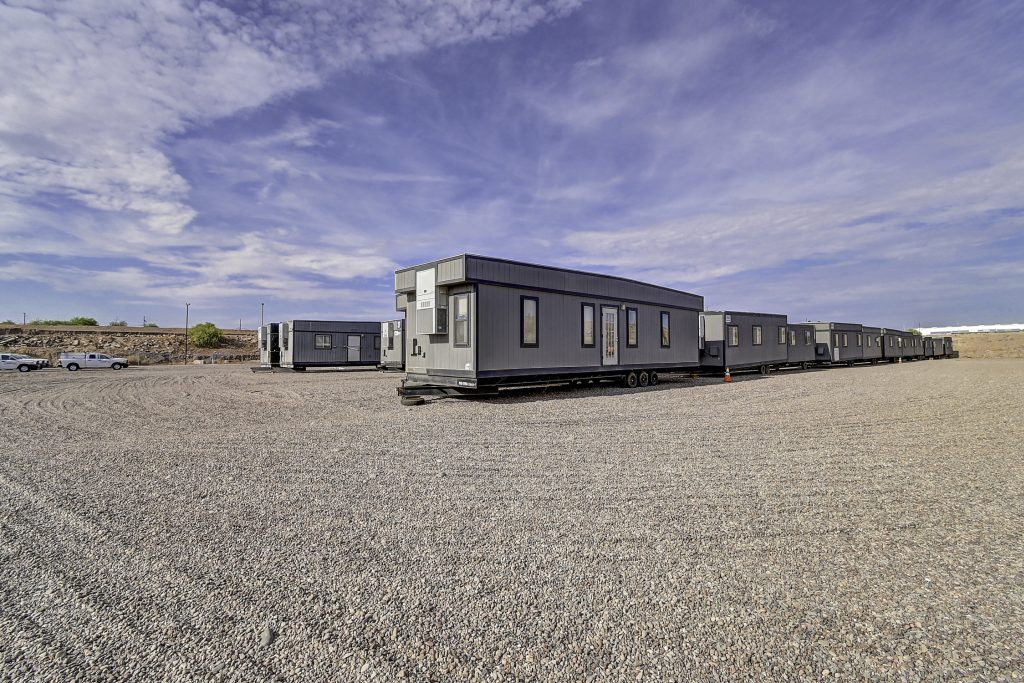
Once you’ve got a few ideas in mind, the next step is deciding where all this will actually live. Do you keep everything on-site with your own outdoor storage, or do you bring in a nearby storage facility as backup? A good decision here can save you a lot of money and headaches later.
Start with location and access. Think about how often your team needs to get to certain items and at what times of day. If crews are loading vans at 6am, they’ll need storage that’s either on-site or very close by, with easy, drive-up access. Less critical items, like long-term stock or archived materials, can sit further away in a commercial storage unit without causing problems.
Security and protection come next. Look at fencing, lighting, cameras and locks, but also at how well things are protected from the weather. Solid doors, good drainage and raised floors all matter when you’re relying on outdoor storage for valuable tools and materials. If you’re comparing providers, don’t be shy about asking exactly what’s included and what’s your responsibility to add.
Finally, think about flexibility. Your business storage needs today probably won’t be the same in two years’ time. Can you easily add an extra container, upgrade to a larger unit, or scale down if things change? This is especially important for contractor storage, where workloads can jump up and down with seasons and projects.
The goal is to build a setup that works with the way your business operates, instead of forcing people to work around awkward spaces. When you get the mix right between on-site outdoor storage and any external storage facility you use, you’ll feel it immediately: fewer bottlenecks, less clutter, and a site that actually supports your growth instead of holding it back.
Organising and Managing Your Outdoor Storage Like a Pro

Getting more space is great – but if your outdoor storage isn’t organised, it will turn messy very quickly.
A good starting point is to map your yard. This can be as simple as a quick sketch showing where containers, racking, vehicle bays, waste and staging areas sit. When people can literally see the layout, it becomes much easier for everyone to understand where things should live and where they definitely shouldn’t be dumped.
From there, think in terms of zones rather than random corners. For example, you might have one area for tools and equipment, another for materials and stock, and a separate spot for seasonal or overflow items. Mark these zones clearly with basic signage or painted lines so it’s obvious when something is in the wrong place.
Labelling makes a huge difference too. Big, weather-resistant labels on containers, cages and shelves – “Groundworks Tools”, “Electrical Kit”, “Spare Fixings”, “Seasonal Stock” – remove the guesswork. Inside a container or unit, smaller labels for shelves and bins help keep things in order, even on busy days or when new staff join.
Don’t forget about height. Make use of vertical space with racking, hooks and wall-mounted rails so you’re not using your floor as one big storage surface. Keep the heavier, frequently used items at a comfortable height and move lighter, rarely used gear higher up, always leaving safe, clear walkways.
Finally, back all of this up with a couple of simple routines: a basic way to note who’s taken what (clipboard, spreadsheet, app – whatever people will actually use) and a regular “reset” time where the team spends a few minutes putting everything back where it belongs.
When your outdoor storage is mapped, zoned, labelled and supported by small everyday habits, the whole site feels calmer, safer and far more professional.
Also Read: Top Benefits of a Short Term Industrial Lot Lease for Growing Companies
Safety, Compliance and Risk Management in Outdoor Storage
It’s easy to think of outdoor storage as “just space,” but there’s a serious safety and compliance side to it too. A tidy, well-planned yard doesn’t just look better – it also reduces accidents, protects your business if something goes wrong and keeps insurers happy.
One big area to think about is fire safety and hazardous materials. If you store fuels, chemicals, paints or gas bottles, they shouldn’t be scattered between pallets and tool racks. Keep them in clearly marked, suitable containers or cabinets, and away from ignition sources and busy traffic routes. Make sure there’s enough room for people – and emergency services – to move safely around your storage areas, without squeezing past obstacles.
Weather and security are the next pieces of the puzzle. Outdoor storage lives at the mercy of rain, wind, frost and heat, so it pays to keep items off the ground on pallets or racks. This helps prevent water damage and makes the yard safer underfoot. Good lighting, solid locks and, where possible, CCTV coverage all help deter theft and vandalism, especially if you’re storing expensive tools or contractor equipment outside overnight.
Then there’s the paperwork side, which doesn’t have to be complicated. Keep a simple record of what’s stored where, especially higher-value items or anything that might be considered higher risk. If you’re using a commercial storage provider or off-site storage facility as part of your overall business storage setup, ask them exactly what their insurance covers and what needs to be on your own policy.
When you treat safety and risk management as part of designing your outdoor storage – rather than an afterthought – you end up with a yard that’s not only more efficient, but also more secure, compliant and reassuring for everyone who works there.
Turning Your Yard into a Strategic Outdoor Storage Hub
Growing a business almost always means growing pains with space. Yards fill up, tools wander, pallets stack up in all the wrong places – and suddenly every job feels harder than it needs to be. The good news is, you don’t always need a bigger building to fix it. Thoughtful outdoor storage can give you the breathing room you’ve been missing.
We’ve looked at how simple changes – from containers and racking to clear zones, labels and basic routines – can turn a cluttered yard into a practical, well-organised working area. We’ve talked about choosing the right setup, mixing on-site space with any storage facility you use, and making sure safety and security are built in from the start. None of it is complicated, but together it can completely change the way your site feels and functions.
If your own yard is starting to feel more like a dumping ground than a launchpad for growth, this is your nudge to do something about it. Walk your site, spot the quick wins, and pick a couple of ideas to put in place this month. And if you’d like help planning the right storage solution for your business, reach out, ask questions, and explore your options – your future, more organised self will thank you.


